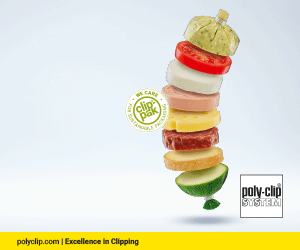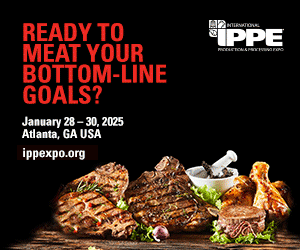Cultured Meat: Mission Impossible?
By Henk Hoogenkamp - Author & Protein Technology Expert
Despite the many optimistic stories about cell-cultivated meat production, the reality in 2024 is that only a small fraction of the grand visions articulated in 2013 - when the first $300,000 Mosa Meat burger was unveiled - have been realized. Even with a massive $1.6 billion in venture capital investments in 2021 and 2022, the anticipated market breakthroughs have not materialized. Instead, many of the more than 200 global cultured meat startups are facing contraction or even going out of business, casting doubt on the initial dreams of growing meat and fish from cells instead of slaughtering animals. In 2024, and likely in the years to come, venture capital is not something cultured meat companies can take for granted.
The Pulse of Protein Solutions
By Henk Hoogenkamp - Protein Applications & Author
The word “pulse” is a general reference to the dried seed of plants from the legume family like yellow peas, green peas, chickpeas, lupin, kidney beans, fava beans, fenugreek, mung bean and lentils. Pulses are often chosen for their healthy properties and ecological benefits. Pulses offer great nutritional inputs to the human diet and are devoid of the eight common allergens. Pulses are naturally high in protein and allow simple separation processing into the main fractions for protein concentration or isolation while maintaining good sensory properties.
Veganizing Animal Foods
By Henk Hoogenkamp - Protein Applications & Author
There is no question that the projected growth of meat production is intimately associated with many ecological issues. It is safe to predict that meat sustainability and ecology are on a collision course. The huge requirements of fresh water, particularly for meat-producing animals, could eventually have a catastrophic impact on the environment. The world needs to make hard choices and will, at some point, be forced to accept a diet with less traditionally harvested animal protein, and instead move to precision fermentation technologies in which gene expression is used to produce cultured meat and milk proteins, as well as embrace molecular agriculture for food security.
Conflicting Alignment & Disruptive Choices
By Henk Hoogenkamp, Protein Applications Expert
Health and environmental agendas are not always aligned with the current dietary recommendations. For example, in affluent countries, the recommended amount of meat consumption is significantly less than current consumption levels. People are encouraged to eat more vegetables, fruits, wholegrain, lowfat dairy products, and omega-rich seafood. However, they instead consume more hyper-processed foods containing hidden levels of sugar, sodium, transfat, and highly refined grains. The price differences between healthy and unhealthy foods are widening, which may contribute to food insecurity in certain economically depressed regions and increase health inequalities. The latter could further exacerbate social inequalities in health.
Salt: Not A Sweet Story /Part 2/
By Henk Hoogenkamp, Protein Applications Expert
Salt and Junk Addiction
Prominent world societies like those in the UK, US, and China are consuming dangerous levels of sodium. In China, most of the salt is added while preparing and cooking their own meals. Eating lots of processed foods and “compulsive-eating snacks” -also classified as junk foods- can become addictive. Salt and fat are especially pleasing to the mouthfeel. With the addition of crunch and sugar, it becomes hard to control compulsive eating. There is a clear correlation between marketing of products high in fat, sugar, and salt and the dietary habits of (young) people. Curbing exposure to junk food advertisements on TV and streaming platforms can be an effective tool to help people make healthy diet choices.
Salt: Not A Sweet Story /Part 1/
By Henk Hoogenkamp, Protein Applications Expert
Sodium reduction in food products can be challenging. Salt (sodium chloride) is a highly functional ingredient. It not only makes food taste better, but it also allows a clean label, binds water, inhibits microbial growth, and costs cheap. Sodium in foods comes from multiple sources like bread, pastry, coatings (batters/breading), canned soups, brines, and marinades in processed meat and plant meat products.




